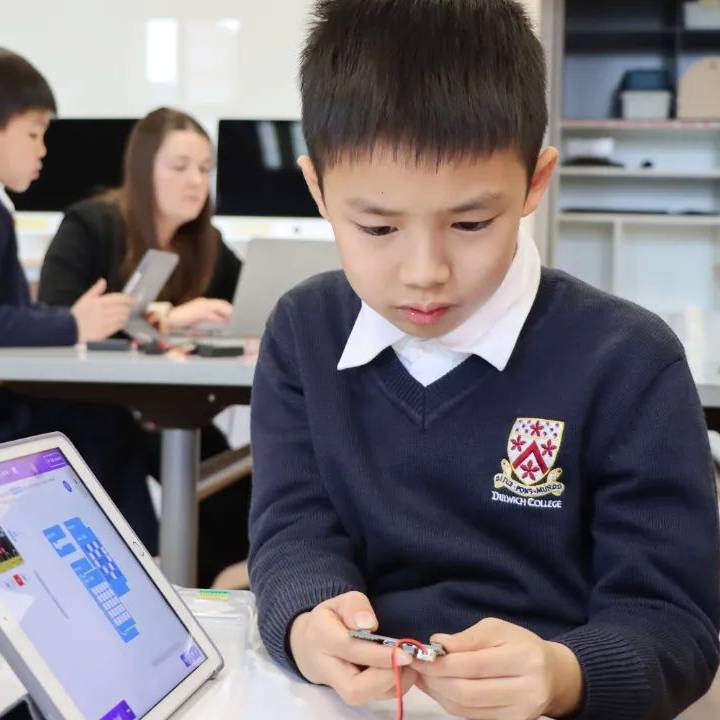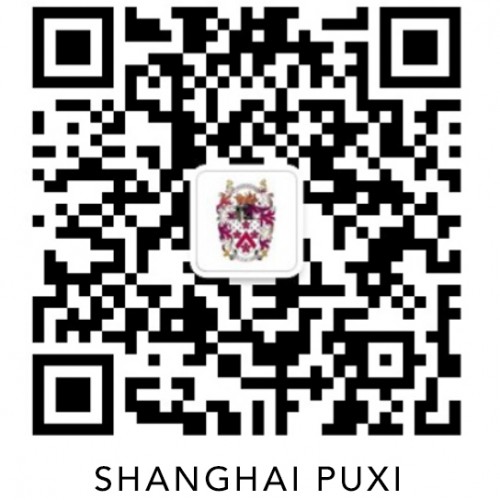Putting the ‘A’ in STEAM: The power of Arts integration
Creativity is intelligence having fun.
— Albert Einstein
We live in a world that is constantly changing, and as a result, we now face new challenges on a global scale. Tackling any of the big issues such as climate change, poverty and conflict will require a fresh perspective and new thinking by future world leaders; leaders who can develop creative solutions to not only existing problems, but to the ones we don’t even know exist yet. Industry leaders are starting to realise that the journey to solving some of these matters starts with investing in people and developing their creative processes and thinking skills. The kind of visionary innovation required to solve complex world problems will rely heavily on creative thinking, and many of the answers will come from the areas of Science, Engineering, Technology and Mathematics. But are we doing enough? We live in an age of technological integration, where cross-disciplinary problem identifying and problem-solving skills have never been more important, so how can we really make sure our students – the future leaders of the world – are up to the task?
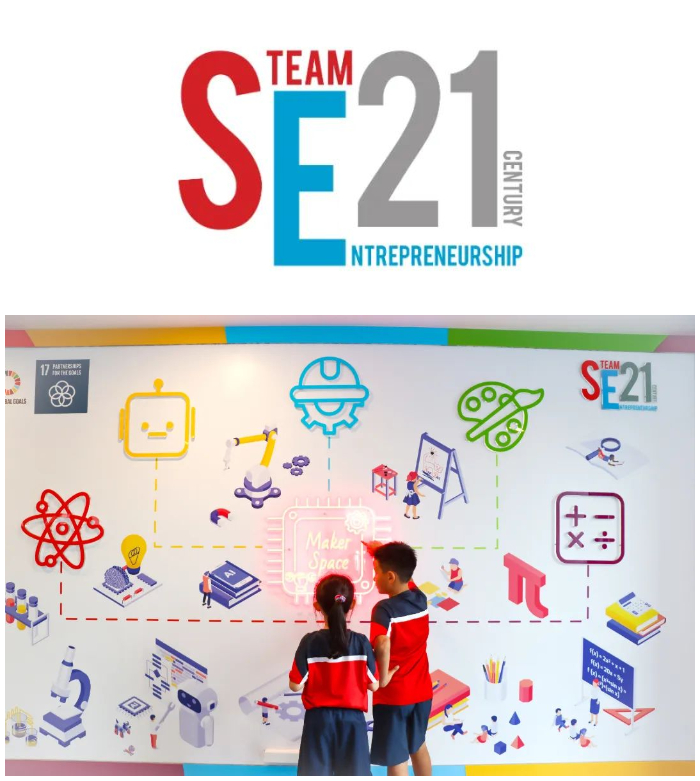
For the next generation of leaders to be creative in their approach to real-life situations, we need to develop them from an early age to be engaged, active listeners, who are excited and intrinsically motivated towards creative problem solving. It’s not easy to measure creative thinking, but what educators can do is provide the opportunity for students to foster new ways of thinking and making connections. Research from State University of New York at Potsdam has shown that fostering creativity in students is incredibly beneficial. Their findings from a 2013 conference on Rethinking STEM Education: An interdisciplinary steam curriculum suggest that “students regularly engaged in creative activities have displayed more advanced thinking, the ability to cope with stress, better life and social skills, teamwork, and communication skills and generally more open to thinking creatively”. They also site that the promotion of “divergent and convergent thinking promotes fluency, flexibility and originality of cognitive processes” (Madden, 2013), something we want for all our children.
Therefore, curriculum is of the utmost importance and must be carefully designed to foster creative thinking and approaches. While content is important, what is of equal value is the approaches and attitudes to learning and making of interdisciplinary connections. Asking the right questions to ensure the correct problems are identified has at times been difficult. It is the concept of divergent and convergent thinking, in conjunction with different types of intelligence, that seem to be the best way forward in cultivating the dispositions required for real world problem solving.

It was Howard Gardener who first identified the notion of different types of intelligence (Linguistic, Logical/Mathematical, Spatial, Bodily-Kinesthetic, Musical, Interpersonal, Intrapersonal, and Naturalist) back in the 1980’s, which attracted a lot of attention with the release of his book Frames of Mind: The Theory of Multiple Intelligences (Gardner, 1983). This helped evolve thinking around what it means to be intelligent and identified the ways in which people are intelligent.
In his book ‘The Element, How Finding Your Passion Changes Everything’, Sir Ken Robinson talks about the nature of intelligence and how “it is tremendously dynamic. The human brain is intensely interactive. You use multiple parts of it in every task you perform. It is in fact in the dynamic use of the brain—finding new connections between things—that true breakthroughs occur”.
Robinson also uses the example of Albert Einstein, who is well known for his intellect in the areas of science and mathematics, but who also considered himself a student of all forms of expression, believing that he could “put anything that challenged the mind to use in a variety of ways”. As quoted by Robinson, Walter Isaacson points out in his biography of Einstein that “As a young student, he never did well with rote learning. And later, as a theorist, his success came not from the brute strength of his mental processing power but from his imagination and creativity”. (Robinson and Aronica, 2008)
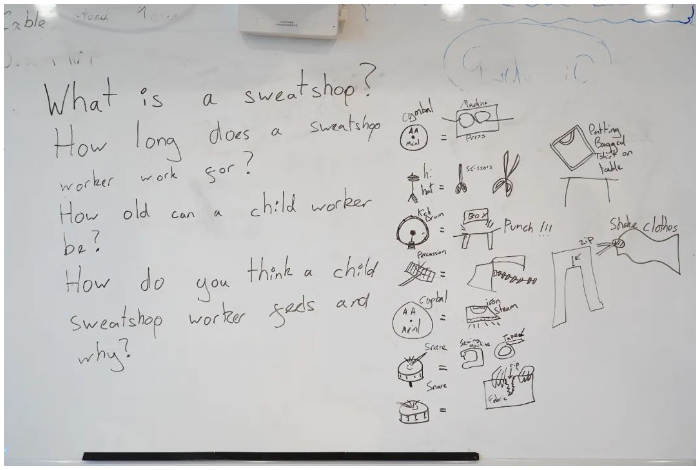
The story goes that Einstein interviewed poets to find out about the role of intuition and imagination in their work and he himself was a keen painter and musician. It is well documented that he regularly played the violin and would improvise melodies while working on complicated problems, gaining ‘break-through’ moments. Robinson continues to point out that “What Einstein seemed to understand is that intellectual growth and creativity come through embracing the dynamic nature of intelligence”.
Growth comes through analogy, through seeing how things connect, and with consistent development of ideas and use of imagination we could start to see some real progress in global problem-solving immerging in our future leaders. So how can we ensure our students are ready to become the leaders of the future, with the skills to lead through the challenges we will face? How can we prepare them to think through the issues, make new connections and generate original ideas?
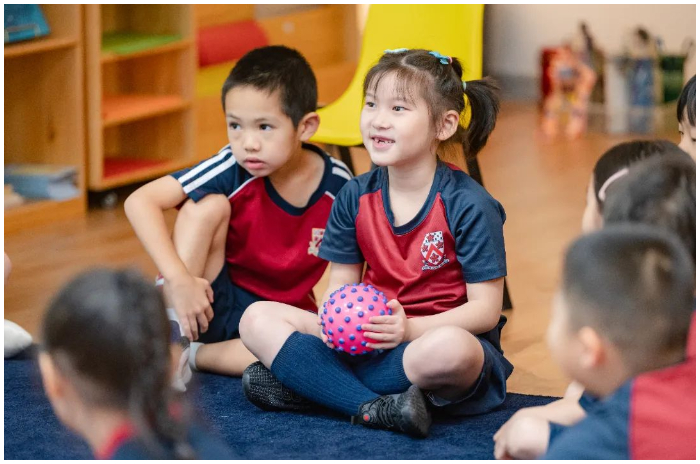
One way is to allow them the opportunity to practice these skills from an early age through a well-balanced and thought-out creative arts curriculum that embraces creativity, pushes boundaries, and helps them to make new connections across a wide range of disciplines.
STEM vs STEAM and the Power of the Arts
————
The concept of a curriculum consisting of STEM subjects (Science, Technology, Engineering and Mathematics) being grouped together was first introduced in c.2001 by scientific educators at the U.S. National Science Foundation (NSF), with a view to integrating knowledge and skills from those fields. This was in response to academic reports highlighting concerns about not only a lack of expertise in these areas, but also in the application of the information. According to Jackie Speake, Ed.D., STEM education consultant and co-author of Designing Meaningful STEM Lessons (Huling and Speake Dwyer, 2018), there is a growing issue with problem-solving, observational, and exploratory skills across the U.S. Since then, the STEM-focused curriculum has been extended to many countries across the world, such as Australia, China, France, South Korea and the United Kingdom.
However, some educators didn’t believe we had gone far enough with this idea. Artist and author John Maeda, former president of Rhode Island School of Art and Design, was the first to champion the adding of ‘A’ for Art to the acronym STEM, thereby changing it to STEAM. “There is great power in these fields [design and technology] taken separately, and even more when they are put together”, (Maeda) he wrote in a 2013 article for the Seattle Times. This is an important point to make. It is the interplay between different fields that creates new connections and can spark new and original ideas. Of course, it can also be a lot of fun, which is one of the best ways to engage students.
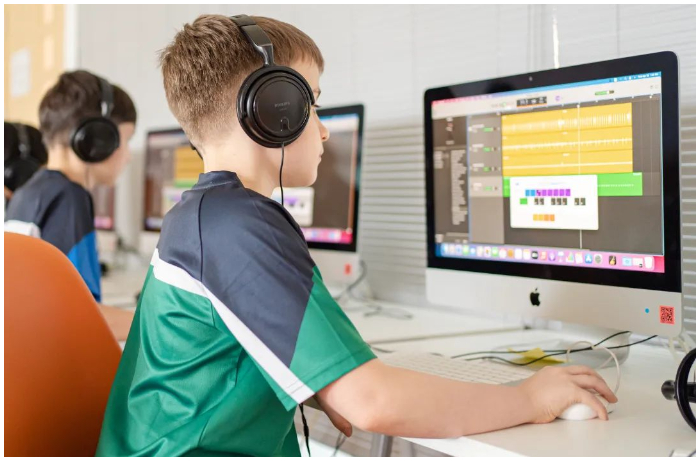
Soon after the addition of the ‘A’ to STEM, there was a realisation amongst educators of the actual importance of this change. The addition of the Arts Subjects opened a whole new range of ways that students could express themselves within the different disciplines. The making of connections across Science, Technology, Engineering and Mathematics through the Visual and Performing Arts can allow students a variety of ways to express themselves while engaging in challenges and concepts in a practical, entertaining, and approachable manner, while generating some exceptional outcomes. Examples of this could include using music and music technology, drama and physical theatre, dance and choreography and fine art, or newer technology such as robotics, coding, CAD/CAM, graphic design, film, digital, and virtual reality…to name a few!
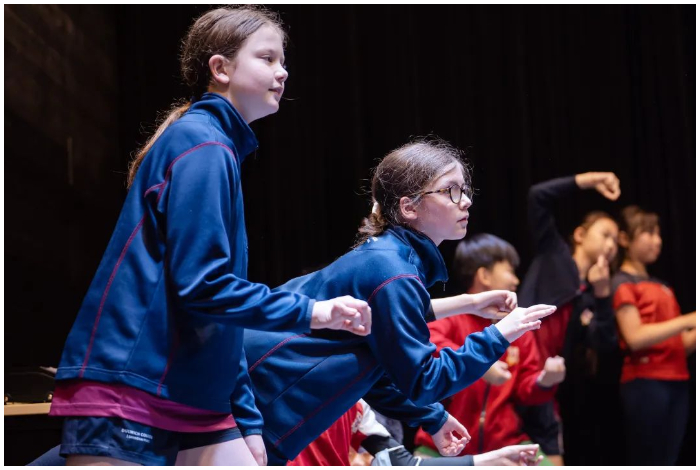
A 21st Century education, must have a 21st Century approach, and so it is more important than ever that we design curricula with careful attention to appropriate pedagogical approaches and cultivate the desired outcomes through these mediums. Future leaders who are critical thinkers and excellent problem solvers, good communicators and who can collaborate effectively are not born, they are grown!
Across the Creative Arts department at Dulwich College Shanghai Puxi, we aim to provide as many opportunities as possible for our students to collaborate, think critically, cultivate new ideas and hone social skills. Our inquiry and concept-based curriculum allows students to make connections, develop confidence and express themselves in a number of ways.

The Dulwich STEAM Curriculum is an important part of what we offer our students in the quest for them to Live Worldwise. As a group, Dulwich have reimagined the definition of what STEAM stands for, rebranding the curriculum to SE21 and adding the areas of Entrepreneurship and Environmental Sustainability to the existing acronym. The ‘21’ represents the 21st Century skills outlined as part of the Dulwich Approaches to Learning Framework. This framework is designed to help ensure a transformative learning culture where students can develop the skills within and outside the curriculum, giving them the opportunity to focus on experimental and project-based learning in an environment where it is safe to make mistakes and experiment with new ideas in a variety of ways.
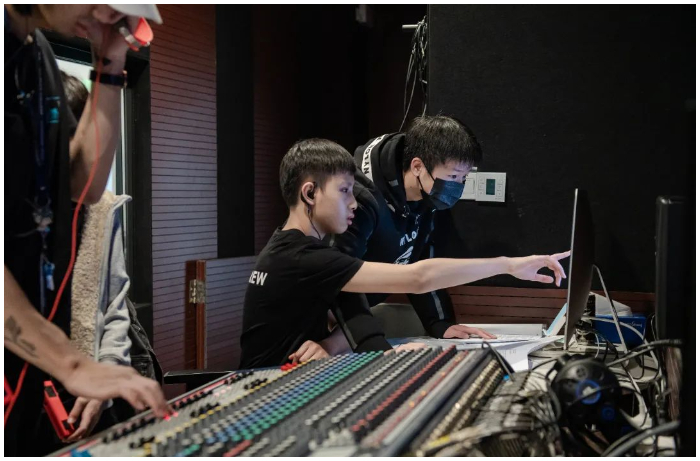
Mr Pickhaver and Ms Rubin shared a great article last week, outlining our approach to SE21 in the Primary School. What was clear from Ms Rubin’s introduction to the Maker Space was just how deeply the arts are integrated into the other elements of science, technology, engineering and mathematics. Students are encouraged to be creative, and provided with numerous opportunities to brainstorm and flex their creative muscles.
SE21: Shaping the Innovators and Entrepreneurs of Tomorrow
What is clear is that connections across the STEAM subjects are undeniable, and the benefits of each being studied as stand-alone subjects are many. But using them collaboratively is where the real magic happens, it is where connections blossom, original thought can be cultivated, and where future creative and imaginative leaders are grown.
References
Dulwich College International | Family of Schools in Asia". Dulwich.Org, 2022, https://www.dulwich.org/find-a-school.
Gardner, Howard. Frames Of Mind. 1983.
Huling, Milton, and Jackie Speake Dwyer. Designing Meaningful STEM Lessons. 2018.
John Maeda: "Artists & Designers Will Be the Innovators of This Century" | The Lavin Agency Speakers Bureau. Thelavinagency.Com, 2022, https://www.thelavinagency.com/news/john-maeda-artists-designers-will-be-the-innovators-of-this-century
Madden, Margaret E. et al. Rethinking STEM Education: An Interdisciplinary STEAM Curriculum. 2013.
Robinson, Ken, and Lou Aronica. The Element. Viking, 2008.




